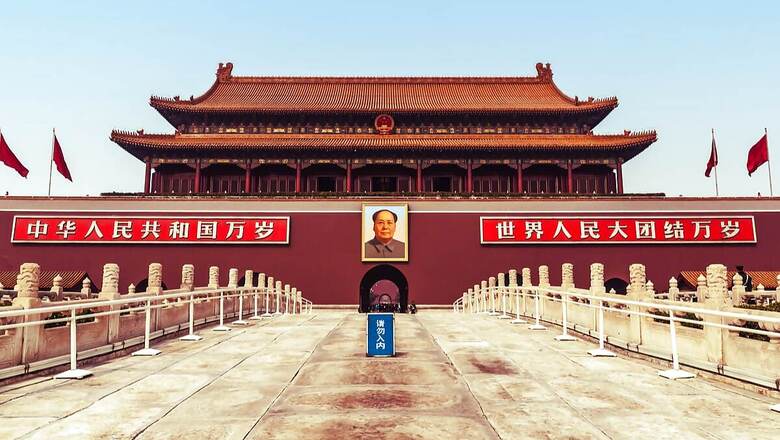
views
June 4, 2021 is 32nd Anniversary of the Tiananmen Square protests. A million-people strong gathering at Beijing’s iconic Tiananmen Square were demanding greater human rights and increased democratic norms with freedom of speech and expression. They were brutally suppressed and murdered between June 3 and June 4, 1989.
China never revealed how many were killed, detained and later arrested for life. The world would never know how many disappeared because China doesn’t allow free media firms to operate but according to a British diplomatic cable, at least 10,000 people including students were murdered in cold blood by the People’s Liberation Army (PLA).
Tiananmen Protests began on April 15, 1989, the day when the leading political reform figure and former Communist Party of China (CCP) chief Hu Yaobang died. Yu was seen as an icon who advocated for a democratic change in the country, a free-market economy and a transparent political system. His death raised questions on the slow pace of political reforms in China and triggered mass protests in Beijing. Protesters called for slogans like ‘an end to dictatorship in China’, demanding democracy and greater freedom to the society.
The sham of democracy in China – what led to the protests?
The People’s Republic of China (PRC) has always been a military ruled country under a single political party, or the CCP since 1949. Communists, after winning the China civil war under Mao Zedong, started an expansion drive. They won weak independent countries like Tibet and Xinjiang easily but faced problems when it came to staking claims on Taiwan or Vietnam or its territorial disputes with many countries in South China Sea or the disputed islands with Japan or Indian states like Arunachal Pradesh and Ladakh.
Reason: China was not a powerful military nation then.
China, the most populous nation in the world, was almost isolated by the western powers including the US due to a Communist regime that was also involved in gross human rights violations and unnecessarily claimed territorial expansion in many other countries. It meant industries were hardly developed. No money to modernise the PLA. Means China could not become a powerful nation unless it, somehow, connected to the outside world.
Chinese Communist leaders realised that they needed to open their economy if they had to develop industries in China and let the money come in. It also meant overall benefits to the society, something that is the feature of any market-based economy, the priority for the CCP was PLA modernisation, even if meant they had to create a sham of democracy needed because they had to invite other ‘free’ countries to invest in China. After all, the outside world including the western countries was largely democratic.
China never cared about democratic norms but its policies did reflect some values for democracy post-1979 after its economic liberalisation was put in gear by China’s apex leader Deng Xiaoping. China’s calling shots for investment were low-cost Chinese venues and cheap labour and its large domestic market size.
China saw considerable economic growth after it, averaging over 9% annual growth a year. Chinese productivity increased annually at an average growth rate of 3.9% says an IMF analysis, which means 3.9 times the output value over the input. Productivity led growth is considered more sustainable.
It gave rise to a new social class including students, many of them foreign return, who had seen a different, free and democratic world. This new rising social class demanded greater democratic norms in the country. They were supported by a reform-oriented section of the CCP. To give a global message, China did accept on public forums it was sympathetic to such demands and was taking positive action.
But the hardliners in the CCP were dead against it.
They believed in Mao Zedong’s model more to control the Chinese public and when the 1980s’ push for democracy in China took a monumental turn with two-month-long protest in Beijing, that began with Hu Yaobang’s death and soon increased from thousands to around a million of protesters, questioning the CCP and China’s top leadership, the hardliners got an upper hand and the CCP, as a whole, decided it was now the time to send the message required.
The resultant action was the Tiananmen massacre and the message was absolutely clear — the CCP would never allow even the slightest of the democratic norms in China.
Read all the Latest News, Breaking News and Coronavirus News here.











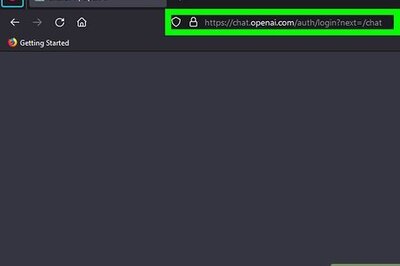


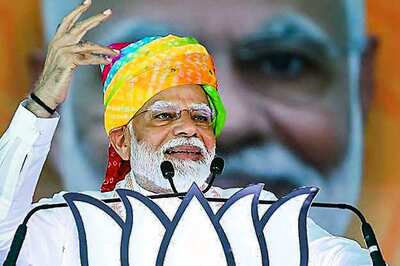
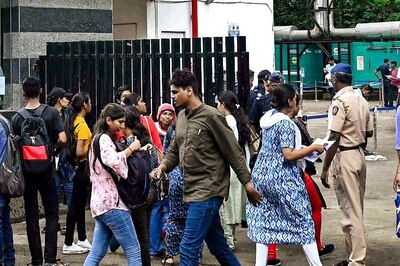


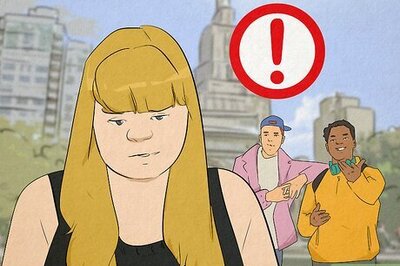
Comments
0 comment